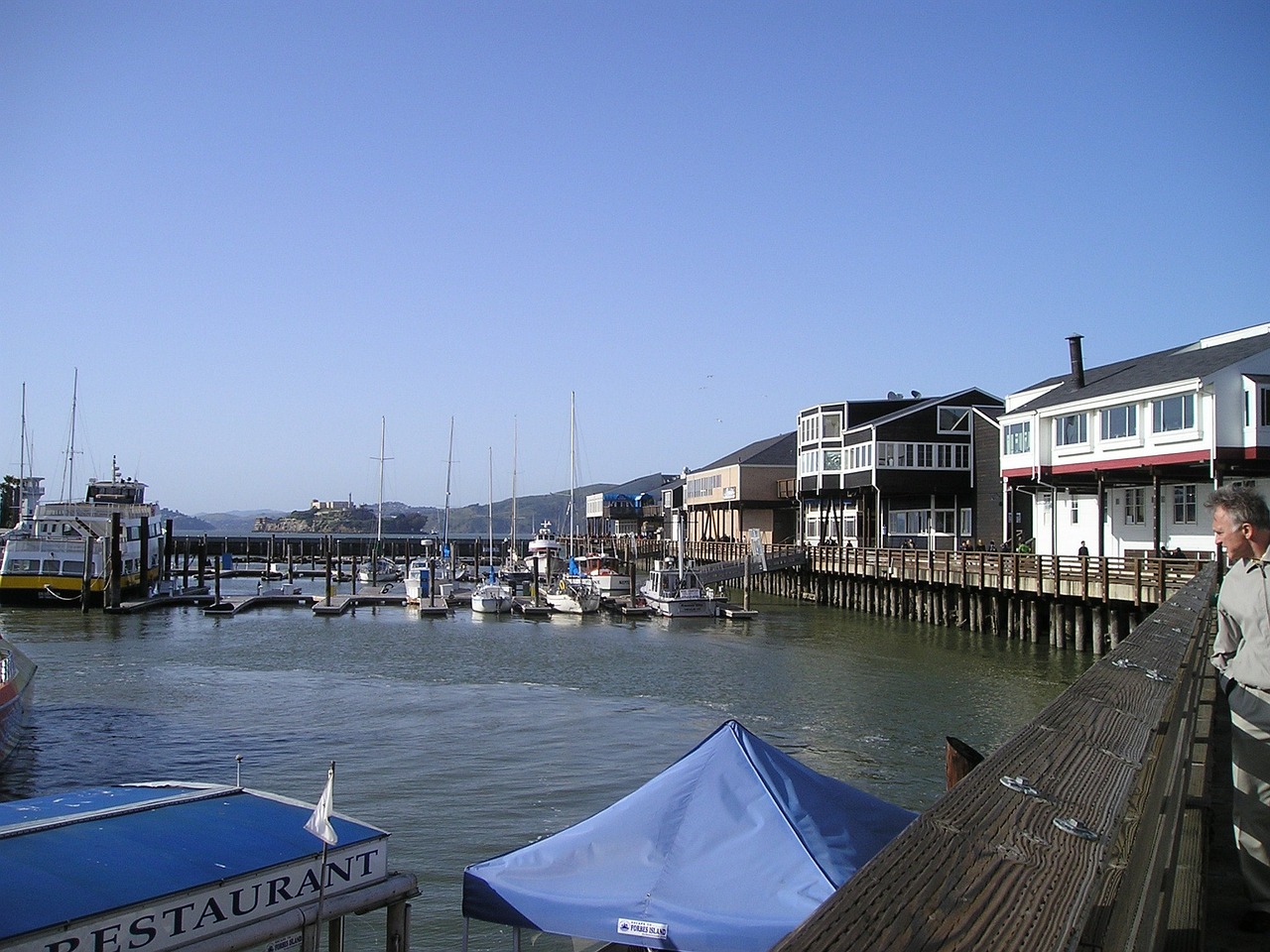How to Resolve Error 402 When Making PHP Requ
The HTTP 402 status code is one of the most common erro...
In the realm of website management, the occurrence of broken links and missing images can be a common yet vexing issue. These seemingly minor hiccups can have significant repercussions, hampering the user experience and negatively affecting site SEO. This article provides a comprehensive guide to understanding, identifying, and fixing broken links and images on your website, ensuring a seamless user experience and a solid digital presence.

A broken link refers to a hyperlink that leads to a web page or a file that doesn’t exist, typically resulting in a 404 error message. Broken links can occur when the destination page has been moved, renamed, or deleted, or when there’s a typo in the hyperlink.
Broken images, on the other hand, appear when an image fails to load on a web page correctly. Instead of the intended image, users often see an icon indicating a missing picture or a ‘broken image’ symbol. This issue can stem from incorrect image URLs, wrong file names or extensions, deleted or moved image files, or server-side problems.
Broken links and images negatively impact both user experience and website SEO. When users click on a link expecting specific content or view an image, broken elements can lead to frustration and may result in increased bounce rates. From an SEO perspective, search engines like Google consider a high number of broken links and images as indicators of a neglected or low-quality site, leading to lower rankings in search results.
Identifying broken links and images is the first step towards fixing them. There are several methods, tools, and services that can expedite this process.
Web-based SEO audit tools like Ahrefs, SEMrush, and Sitechecker offer powerful site audit features that can help you identify broken links and images on your site. These tools scan your website for technical issues and provide a detailed report, highlighting areas that need attention, including broken links and images.
Google Search Console is a free tool offered by Google that helps you monitor, maintain, and troubleshoot your site’s presence in Google Search results. It includes a ‘Crawl Errors’ report that lists all the pages on your site that returned a 404 error to Google, allowing you to identify and fix broken links.
Desktop software like Screaming Frog offers a comprehensive way to identify broken links. This tool is free to use for a certain number of URLs and provides a detailed report listing all internal and external links, along with their HTTP status codes.
Online broken link checkers like BrokenLinkCheck.com offer a quick and easy way to identify broken links on your website. This tool scans the entered URL for internal and external links and reports any broken or dead links.
For WordPress users, plugins like Broken Link Checker can help identify broken links and images on your website. This plugin monitors and tests all internal and external links on your site for broken links and notifies you if any are found.
Once you’ve identified the broken links and images, the next step is to fix them. This can be done in several ways, depending on the nature and cause of the issue.
To fix broken links, you need to update the link to point to the correct page if it still exists, or remove the link if the destination page no longer exists. Be mindful of redirect chains and loops when updating links, as these can also negatively impact user experience and SEO.
Broken images can be fixed by ensuring that the image file exists at the specified location and that the file path in the HTML code is correct. If the image file no longer exists, you should remove the image tag from the HTML code or replace the broken image with a new one.
If you’ve changed the URL of a page, use a 301 redirect to automatically direct users and search engines to the new page. This ensures that any links pointing to the old URL will still lead users to the correct content.
Sometimes, broken images may be caused by incorrect file permissions. Make sure the image file has the correct permissions set, allowing the web server to read the file and serve it to website visitors.
Regularly auditing your website for broken links and images is an essential maintenance task. This can be scheduled monthly or quarterly, depending on the size and nature of your website. Regular checks ensure that any new broken links or images are promptly identified and fixed, maintaining a high-quality user experience and strong SEO.
Broken links and images can negatively impact your website’s user experience and SEO. However, with regular audits and prompt action, these issues can be easily addressed. By leveraging the right tools and strategies, you can ensure a smooth, seamless experience for your users and maintain a robust online presence.